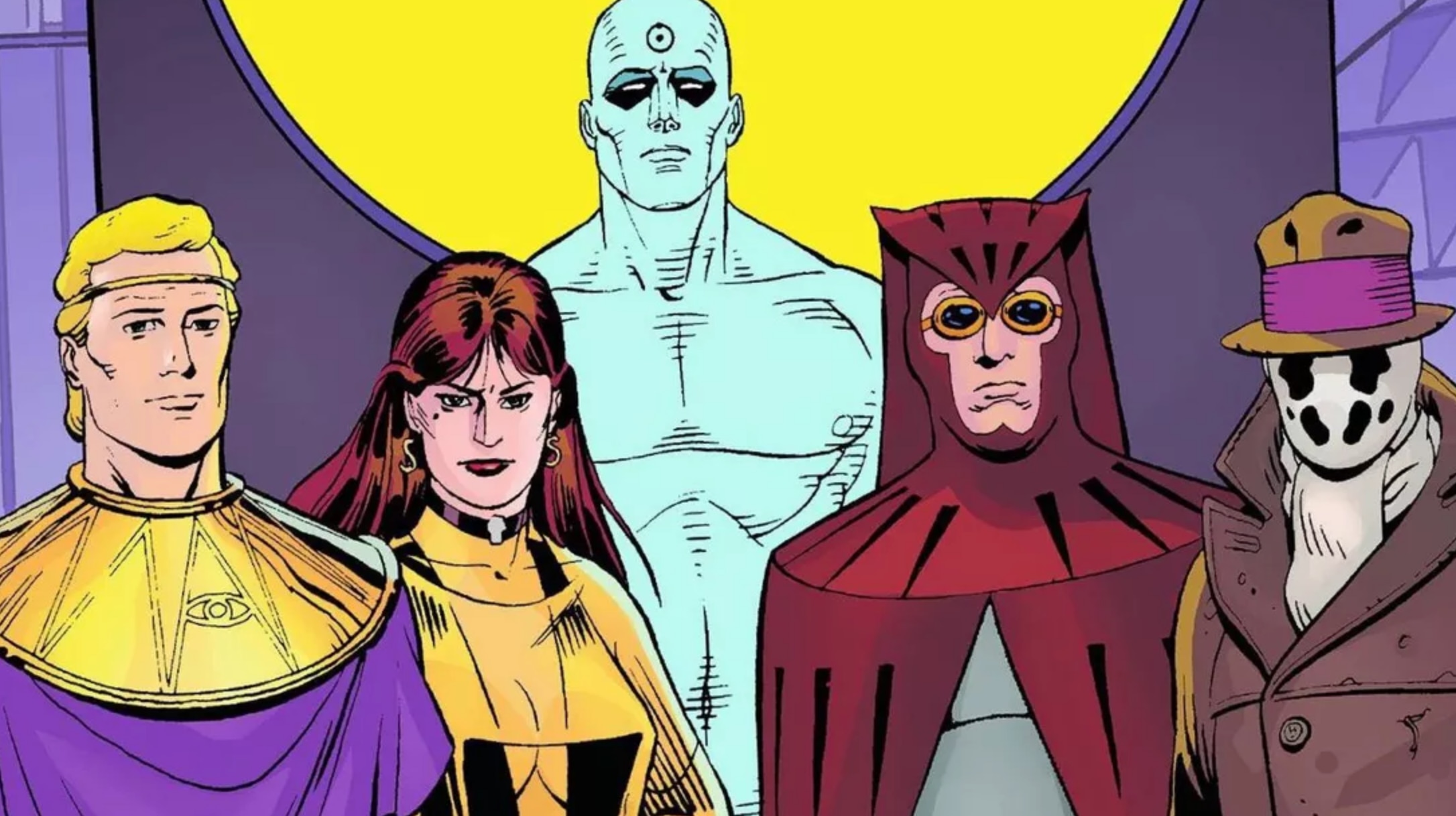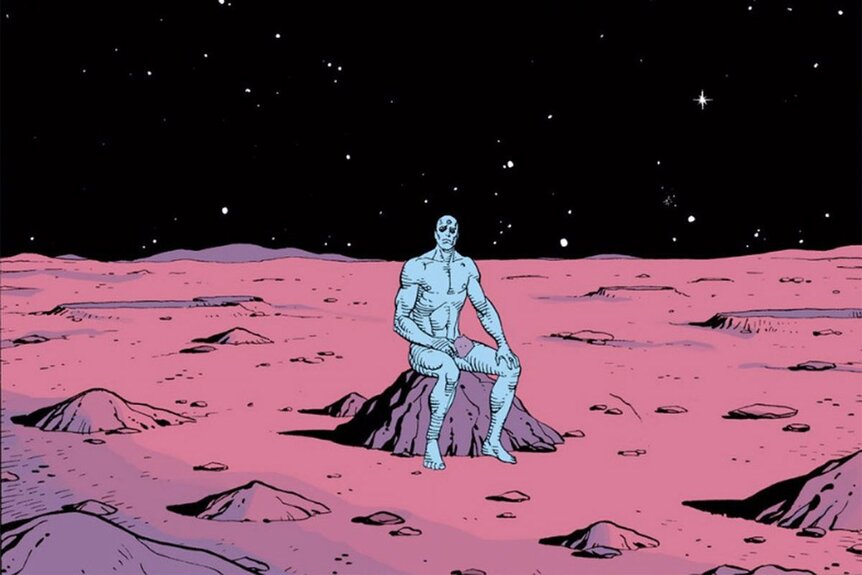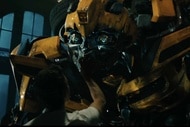Create a free profile to get unlimited access to exclusive videos, sweepstakes, and more!
Who studies Watchmen in school? Academics praise the highly teachable graphic novel

Why is Robert Redford president? What's with the white supremacists in the blotchy masks? And why on earth is it raining squid?
Some viewers need explainers to get them up to speed on all the Easter eggs and backstories that connect the new HBO Watchmen television series to the original 1986-87 comic book series by Alan Moore and Dave Gibbons. Others, though, may have learned all this in school. Like Shakespeare, Toni Morrison, and Persepolis, Watchmen is today a regular part of college curricula.
The superhero genre is often seen as a lowbrow or less-than. Martin Scorsese recently said the Marvel Cinematic Universe was not cinema, and Francis Ford Coppola called it "despicable." But whatever your feelings about big-budget tentpole movies, Watchmen has considerably more cultural respect.
The comic is set in an alternate reality in which superheroes are real, and someone is killing them one by one. Richard Nixon is still president, and technology has been transformed by a super-powered blue man named Doctor Manhattan. The comic presents superheroes as troubled and morally ambiguous figures, and questions the morality of trying to save people, or the world, through force.
There are currently hundreds of comics courses at colleges and universities across the country, and Watchmen, along with Maus, Jimmy Corrigan, and Persepolis, is one of the central touchstone tests in the comics curriculum, according to Kalervo Sinervo, a postdoc at the University of Calgary.
Why do teachers assign a reading which features people in masks punching each other and a floating blue naked dude? The answer is fairly simple; Watchmen, Sinervo says, "is extremely good, and extremely good at illustrating what comics can do!" The comic can teach students about the Cold War, Sinervo says, since the entire comic takes place in the shadow of a looming nuclear conflict between the United States and the Soviet Union, or about US involvement in Vietnam, since much of the plot centers on what might have happened if the US had won that war.
Another big draw for teachers is that Watchmen is extremely sophisticated formally. Sinervo praises Issue #5, "Fearful Symmetry," in which artist Gibbons mirrors the first panel of the comic in the last panel of the comic, and then the second panel with the second to last, and so forth, virtually through the entire story. Take that, James Joyce.
Watchmen as a whole also includes lots of recurring images — such as pictures of clocks and watches (these show up in the television series too). "I like to ask students to identify their favorite repeated visual motifs," says Ben Saunders at the University of Oregon. "I'm always amazed at what they find, beyond the obvious examples of the clock hands and the smiley face. Someone always comes up with some clever repetition of imagery that I had never seen myself, even after more than 30 years of re-reading this text."
Saunders generally teaches Watchmen in courses specifically focused on superhero comics, though it's often taught in introductory comics courses though, and occasionally even in more general settings. One teacher has even written a paper arguing that Watchmen should be taught in Great Books courses alongside Descartes.
Shawn Gilmore, who teaches at the University of Illinois Urbana-Champaign, tells SYFY WIRE that he uses Watchmen in an Introduction to Fiction course, calling it a great text for talking about different genres and how creators can combine or contrast them.
"I focus on how Watchmen establishes a detective framing over its first nine or so chapters," Gilmore explains. In the comic, the vigilante Rorschach tries to figure out who is killing other superheroes. That crime storyline "seems mismatched with Watchmen's other plots, including the sexual violence in its backstory, the cosmic powers plot, and whatever might bring all of those together."
The conclusion of the comic reveals that the whole murder mystery was a giant red herring, which is a good way to talk about how creators use genre to play with reader expectations. The reader, like Rorschach, thinks they're in one kind of story, only to discover that they're in a narrative with more giant squids than they anticipated.
The professors SYFY WIRE spoke with were understandably unsure whether they'd incorporate the TV show into their Watchmen discussions in the future, since only a couple of episodes have aired. "I think any teacher who tells you they're already committing to teaching it alongside the book is getting out over their skis," Sinervo says — though admitted he's excited about the possibility of teaching a media literacy course focused on Watchmen's cross-media adaptations.
Saunders hasn't seen the TV show yet, but he thinks that it was a wise choice to make it a sequel rather than an adaptation.
"Watchmen the graphic novel strikes me as a very pure example of comics, in formal terms," he says. "I have always felt that someone could make a good movie or TV show with Watchmen-esque themes, the idea of adapting Watchmen itself always struck me as challenging to the point of misguided." (Saunders is not a fan of the 2009 film directed by Zack Snyder.)
The Watchmen TV series will certainly make people more aware of the existence of the Watchmen comic — which may well make the later even more popular in the classroom. Gilmore says he has included Watchmen in courses in the past because, "like Frankenstein, it has some cultural recognition, but many students are only vaguely aware of its contents, so the narrative reveals are truly surprising to them." Superheroes can startle you, not least by pulling off their masks, and revealing some serious literature underneath.



























